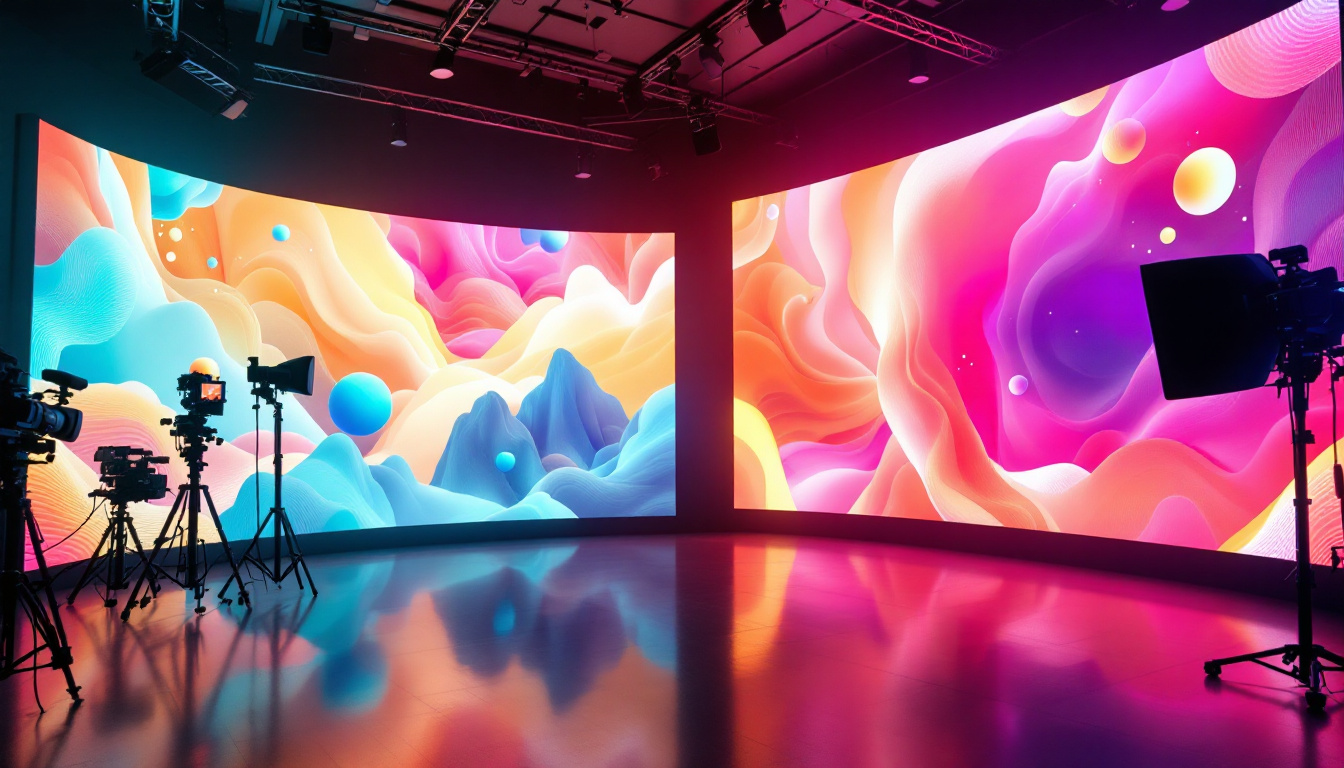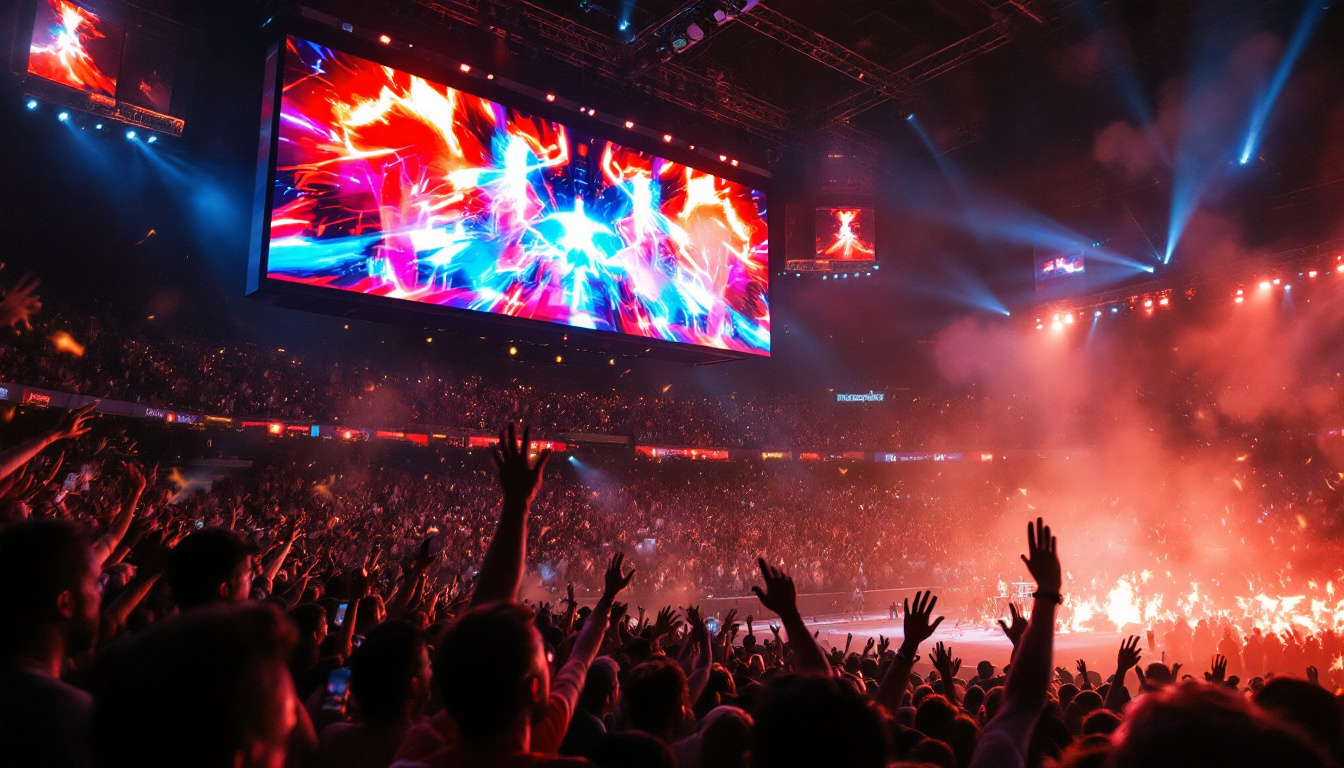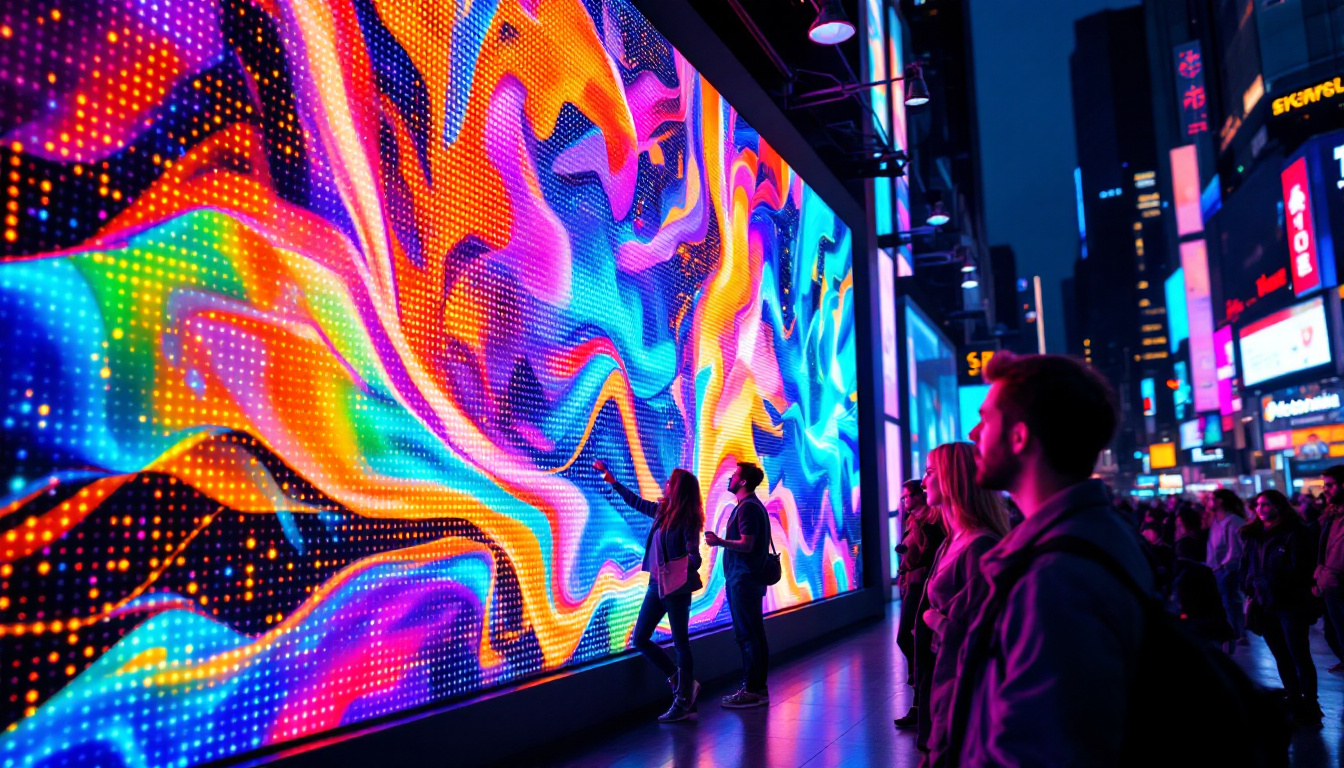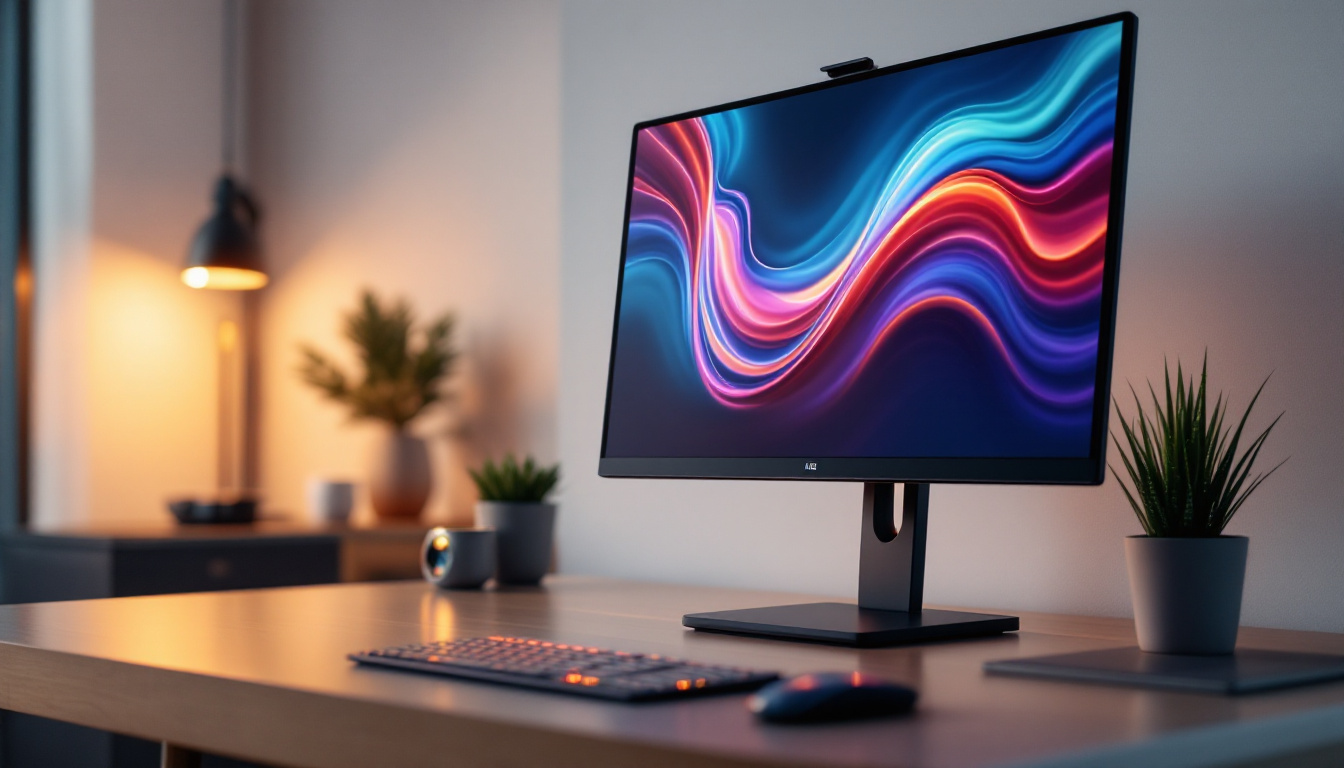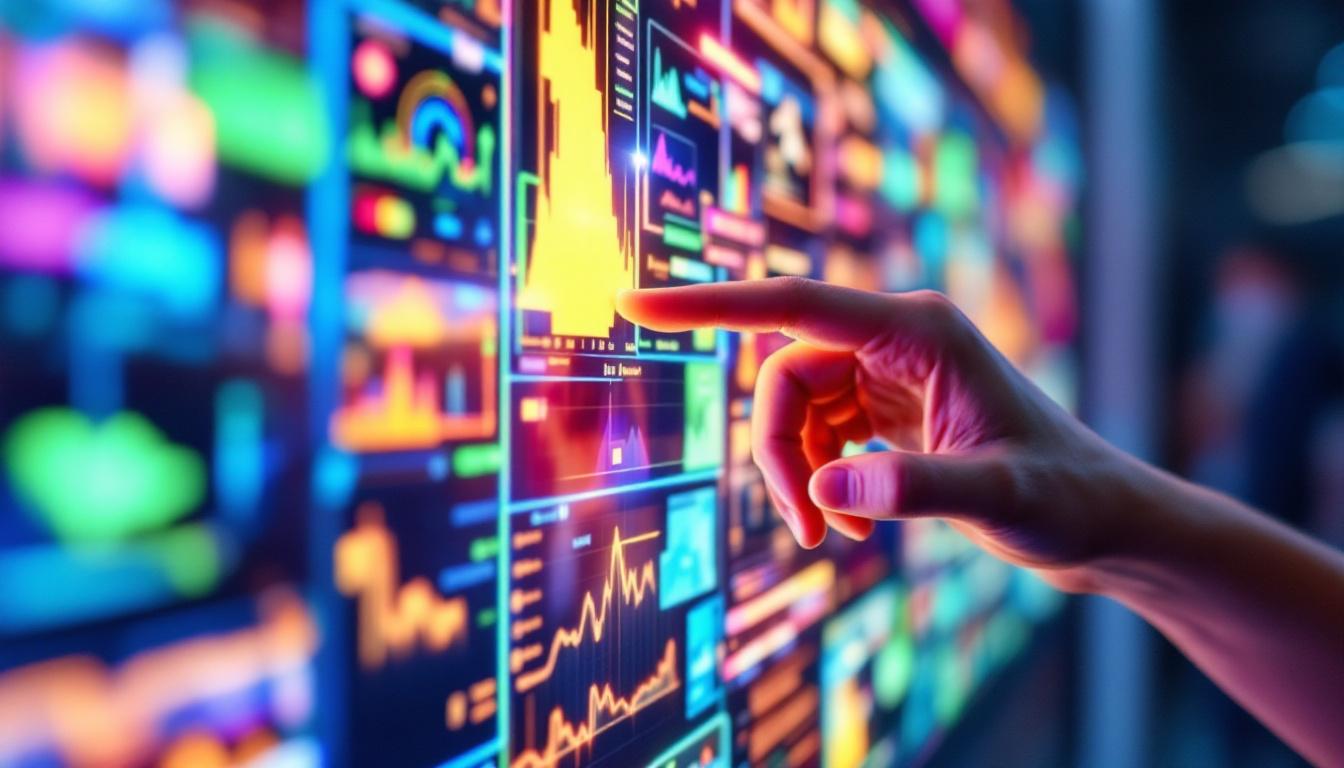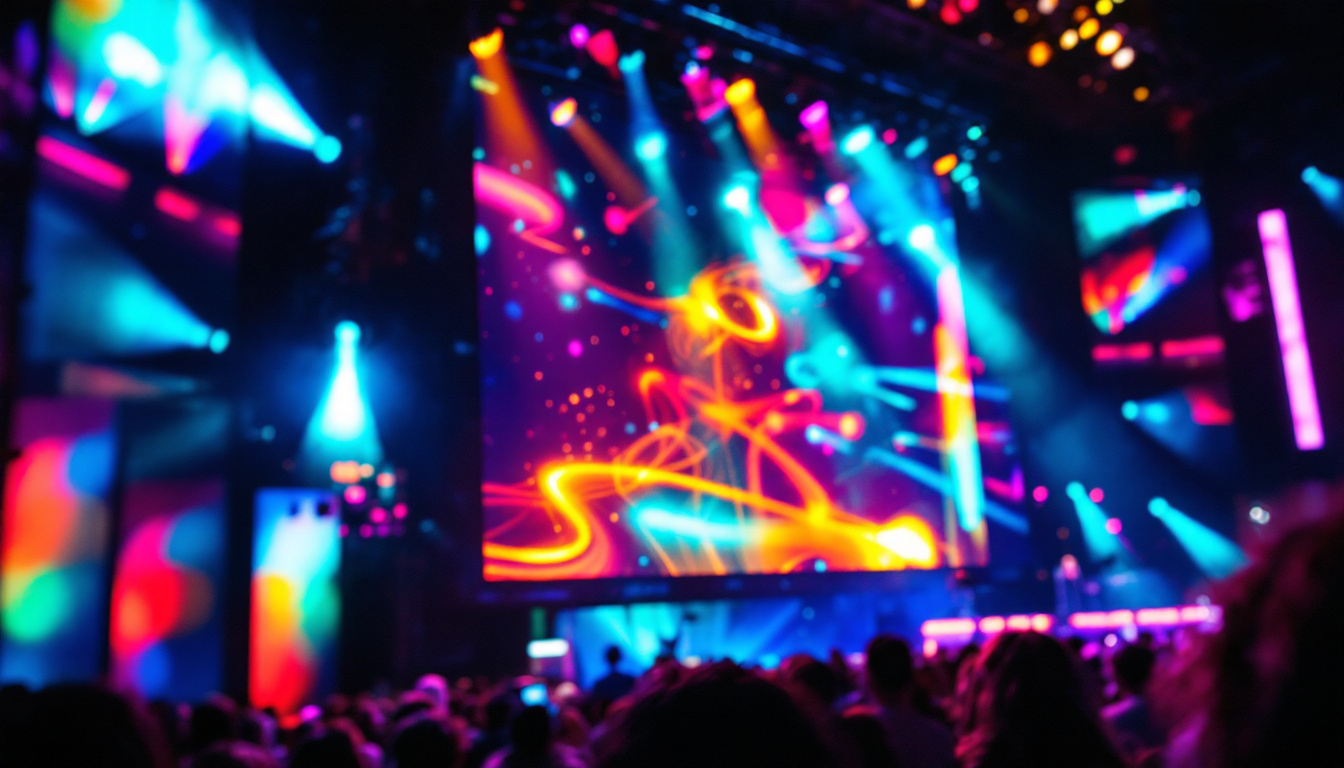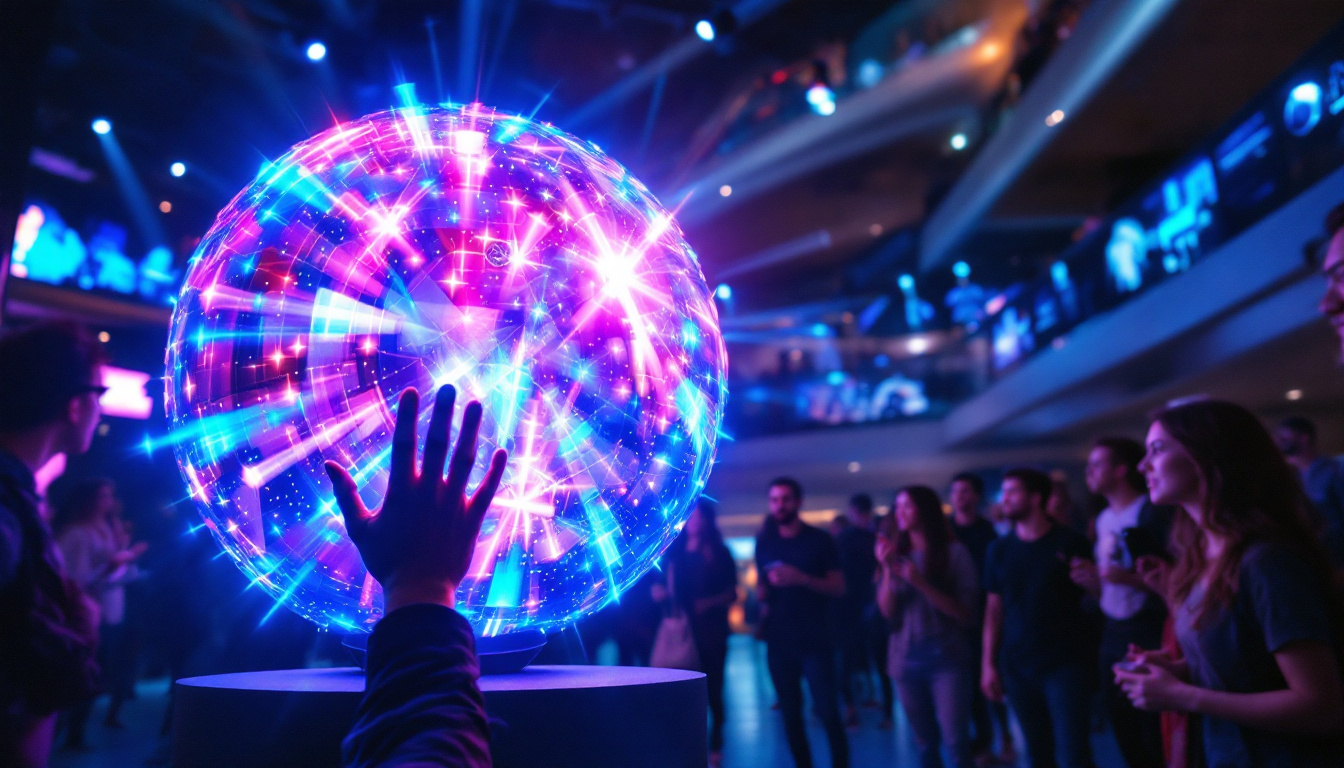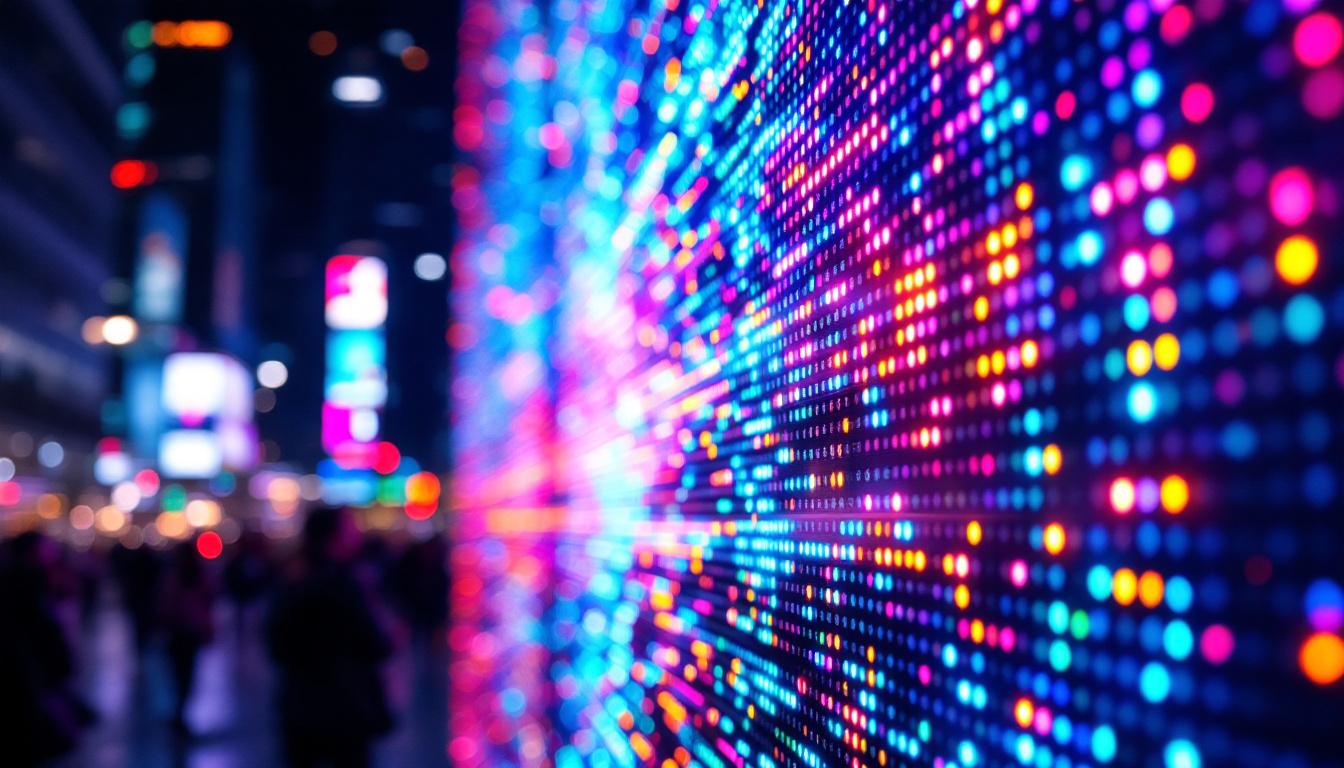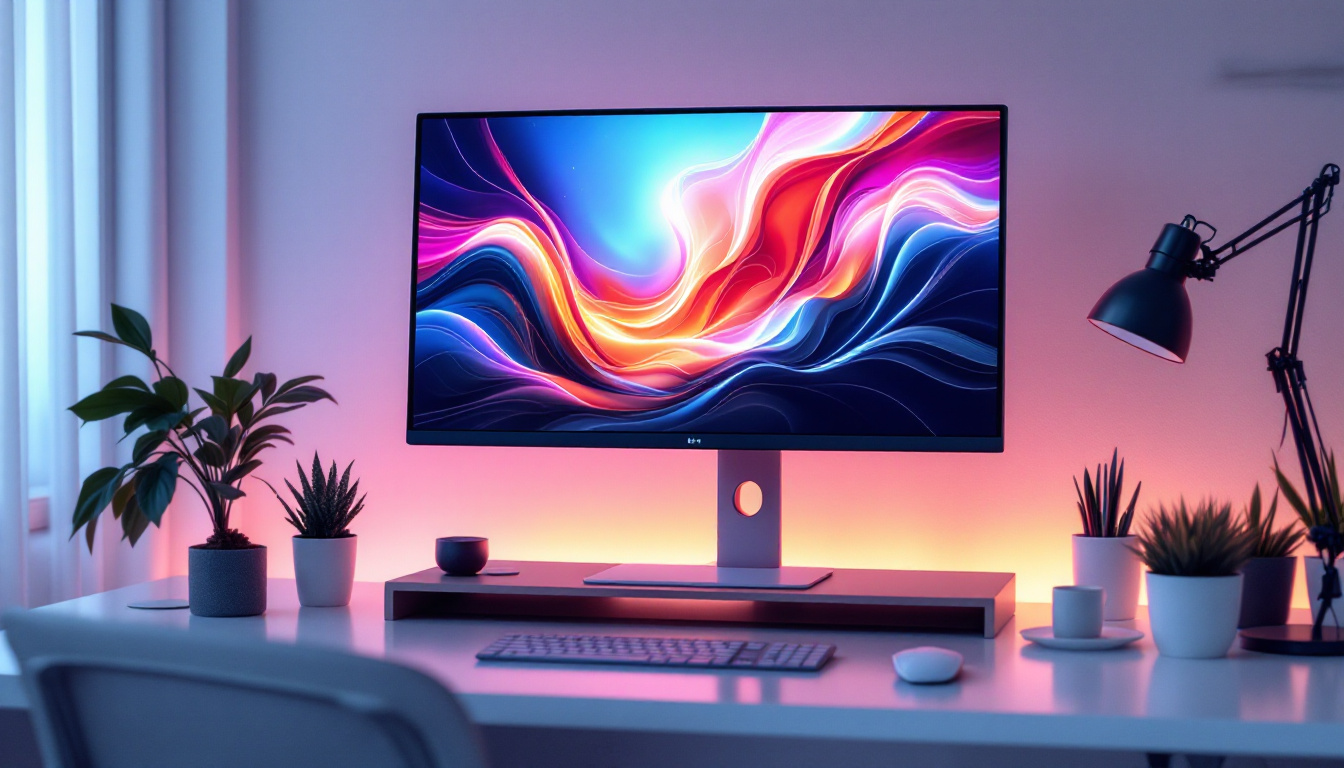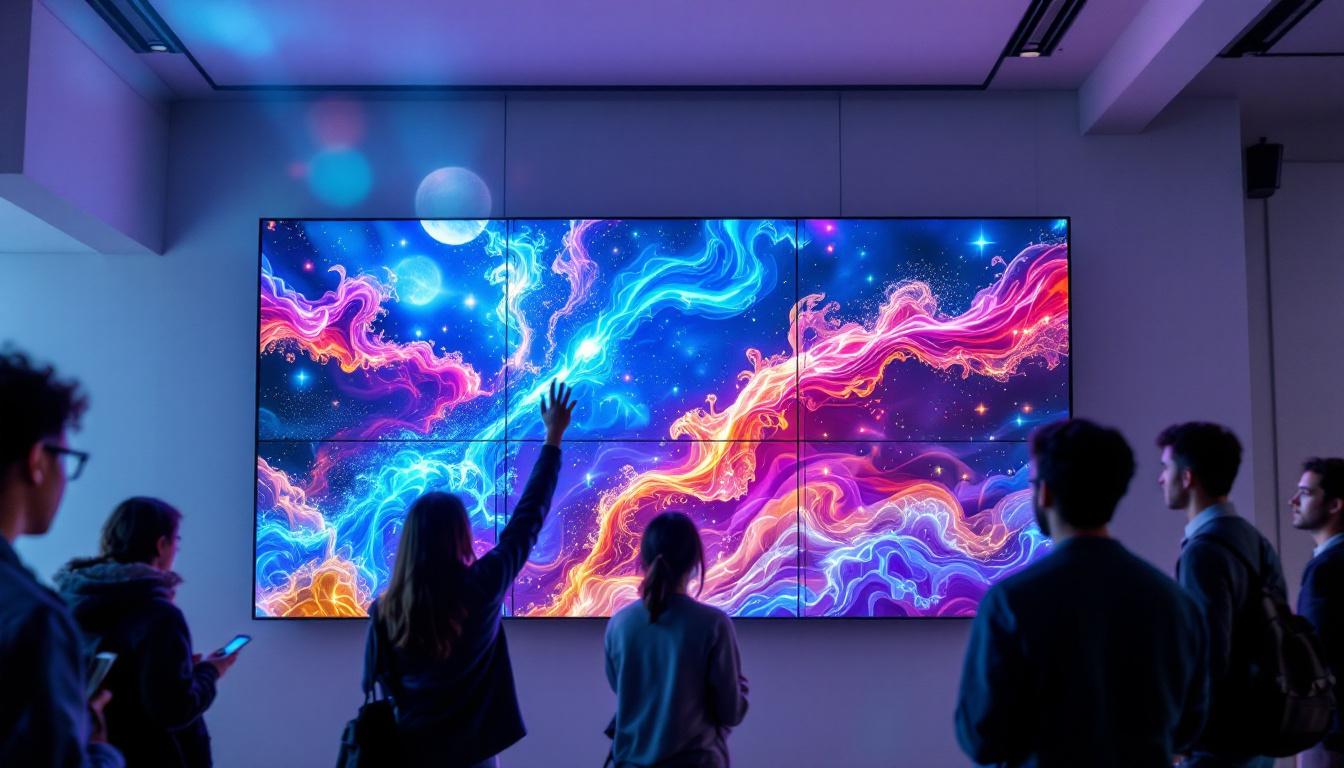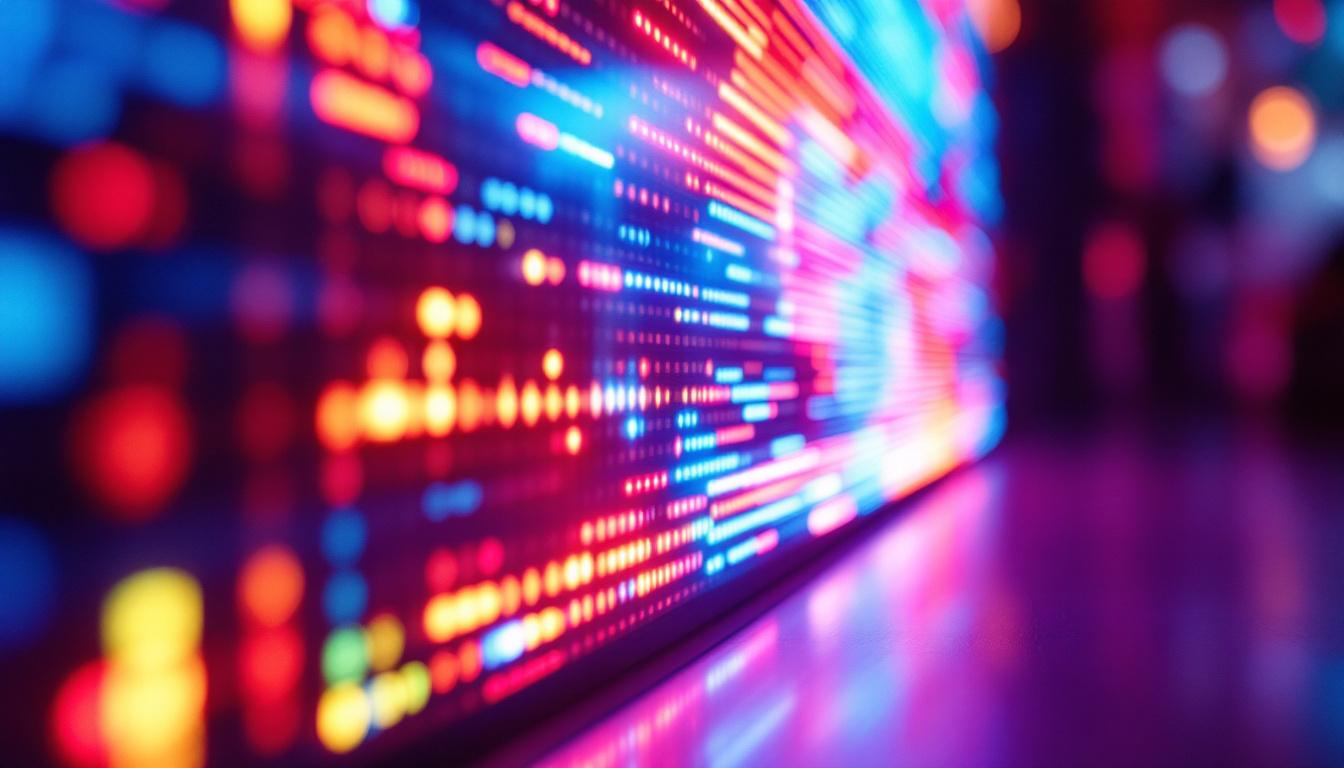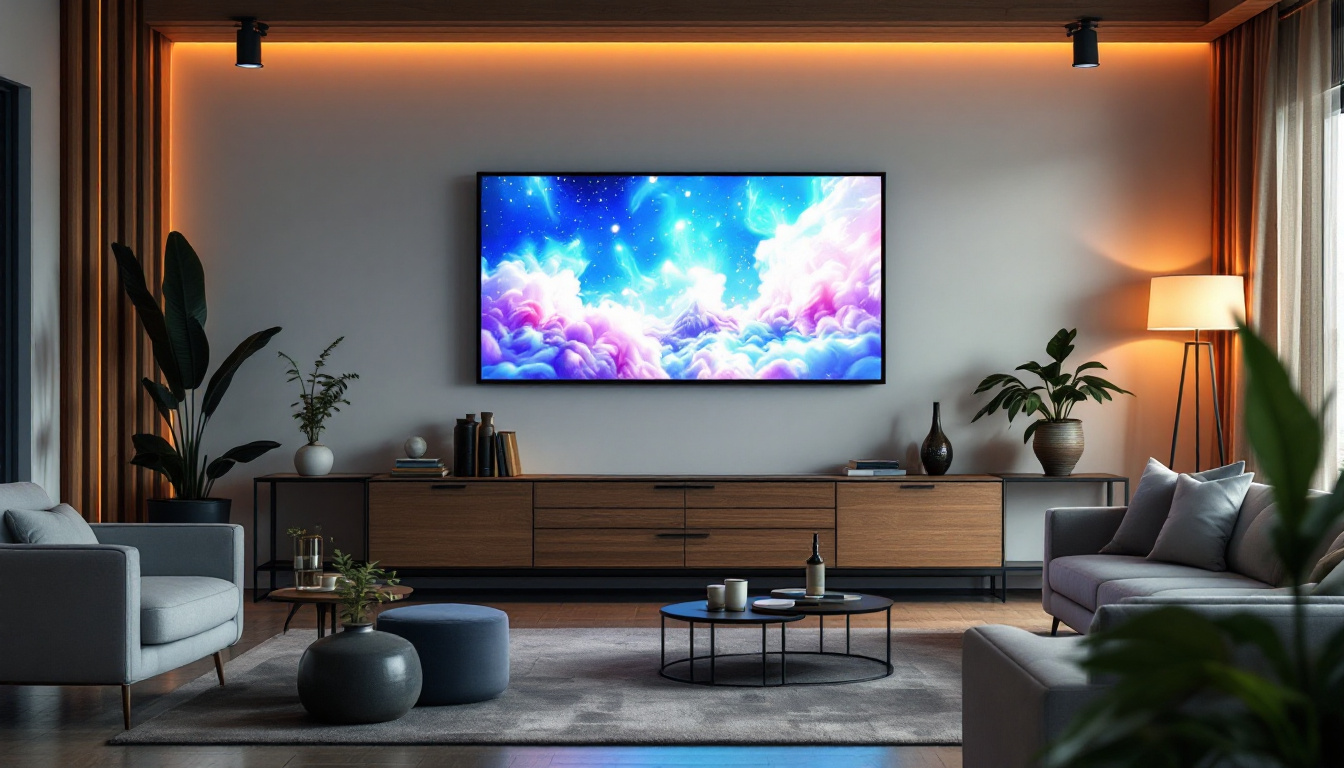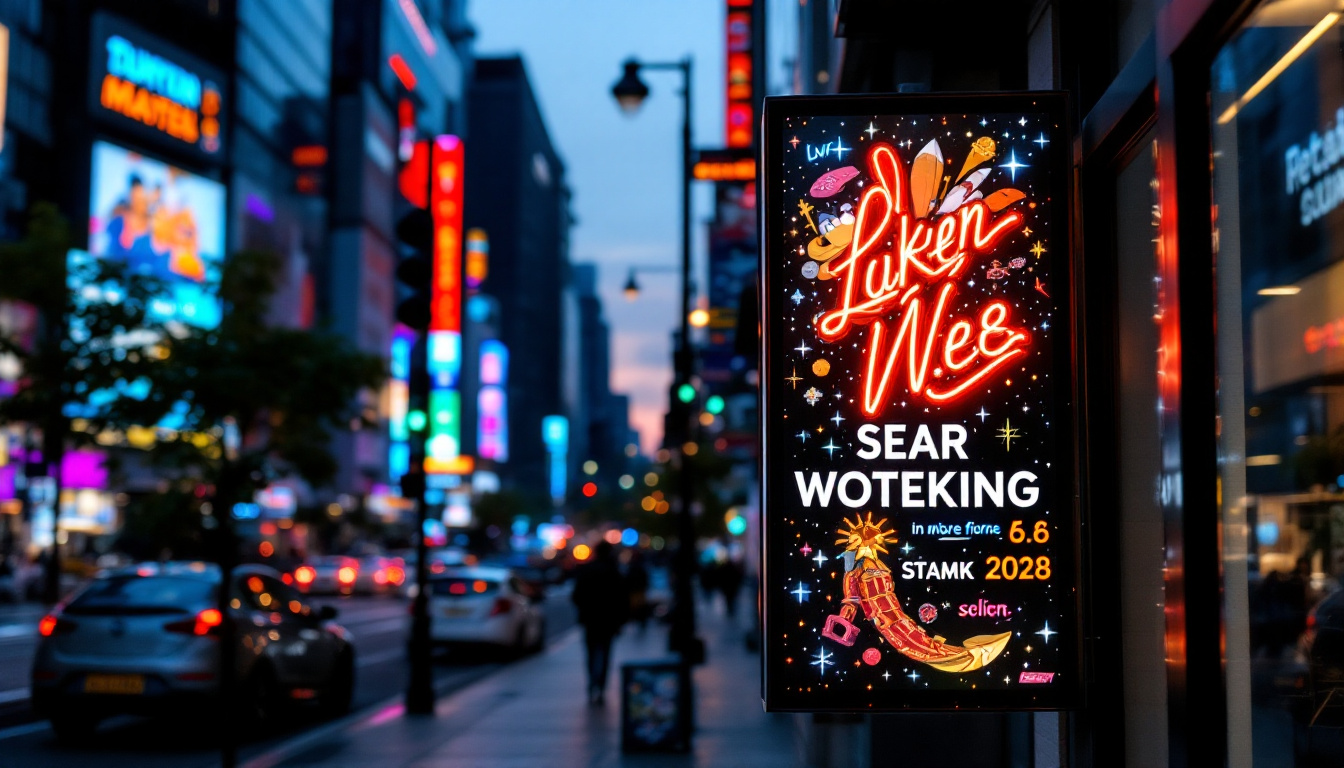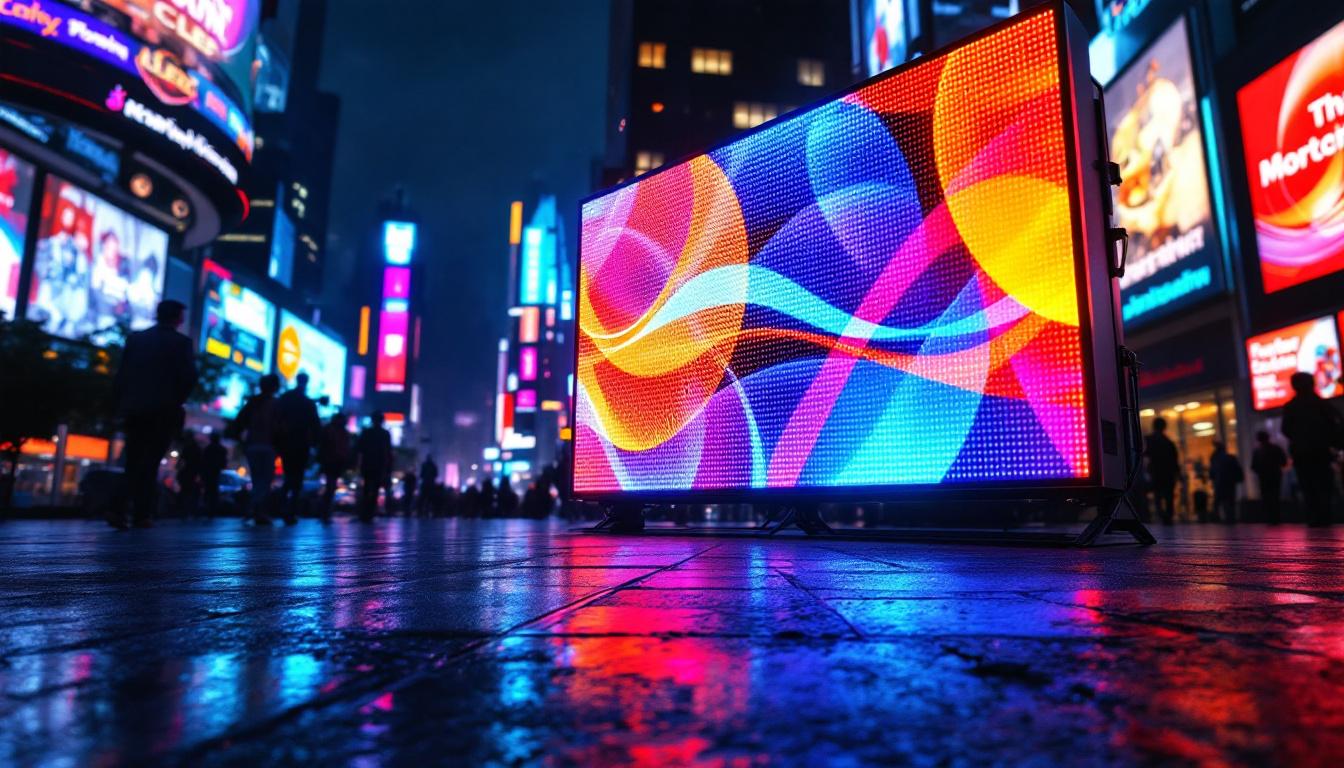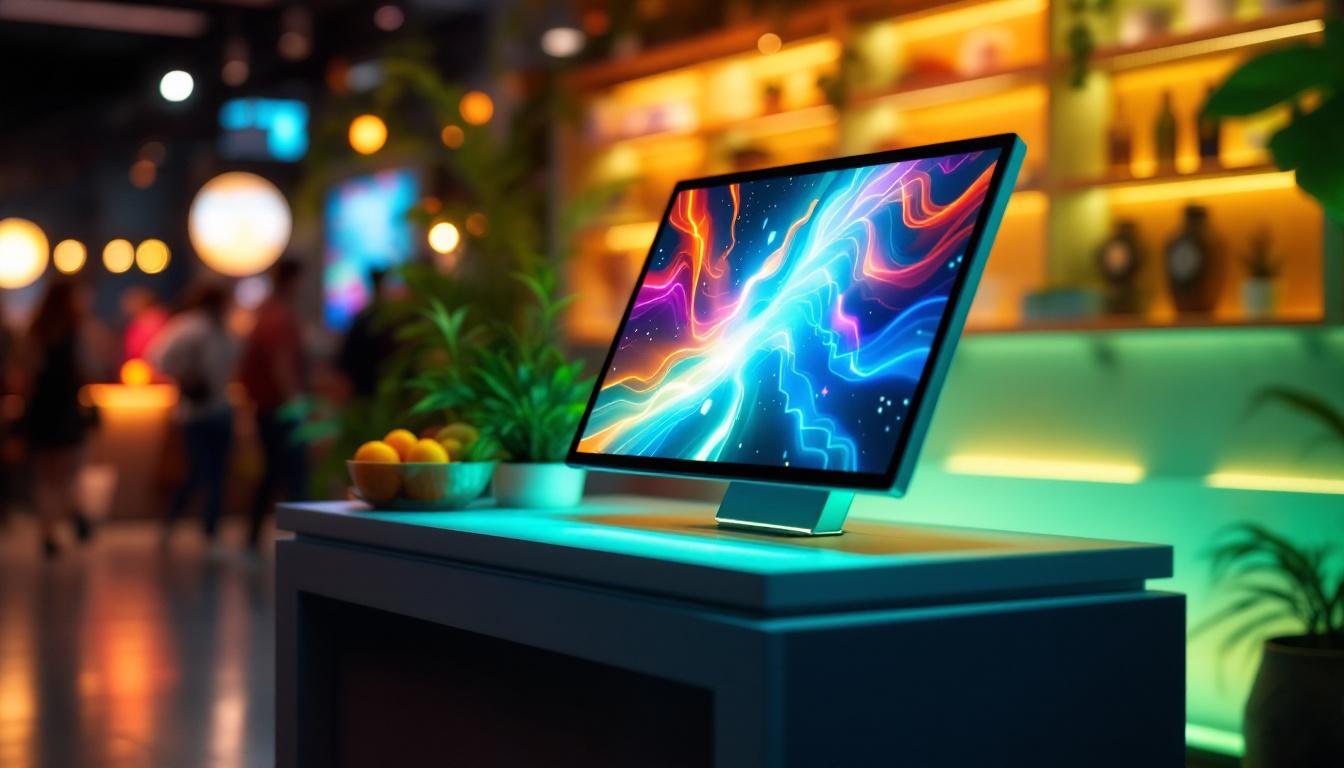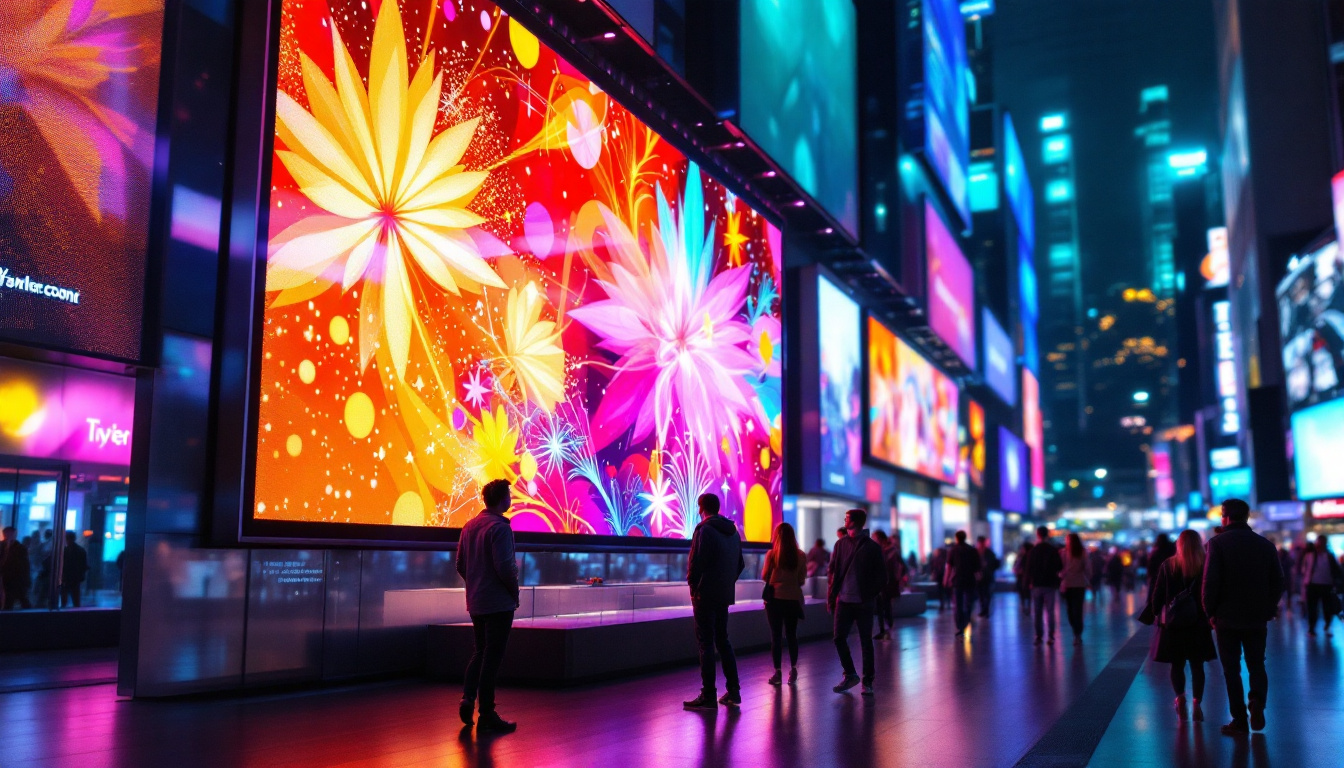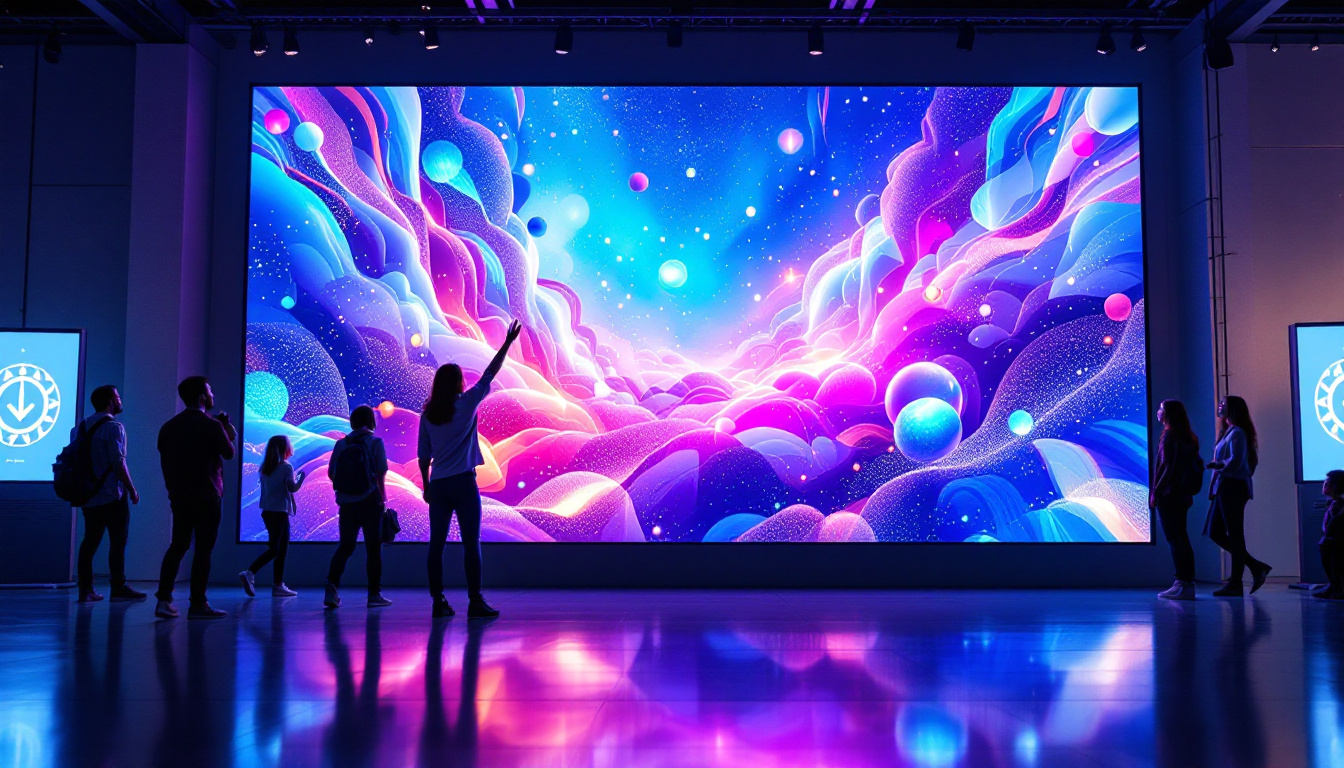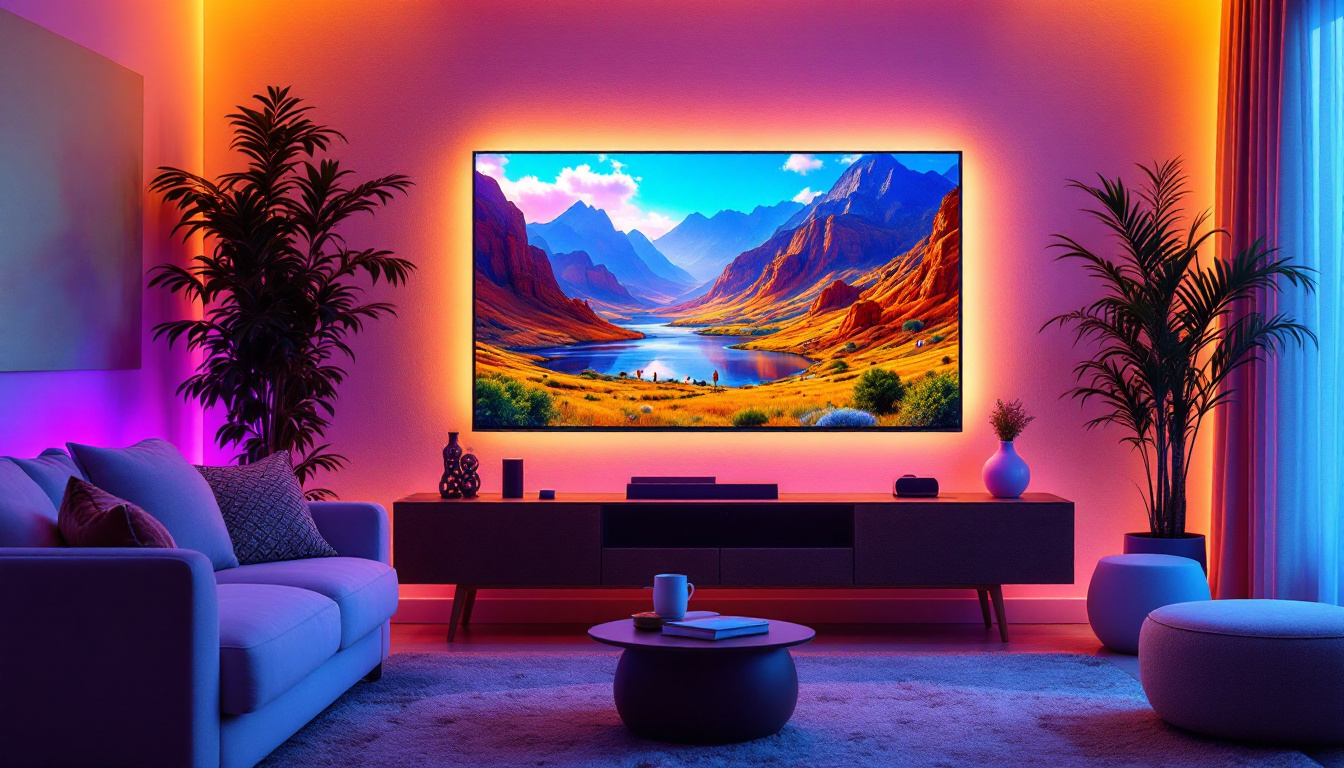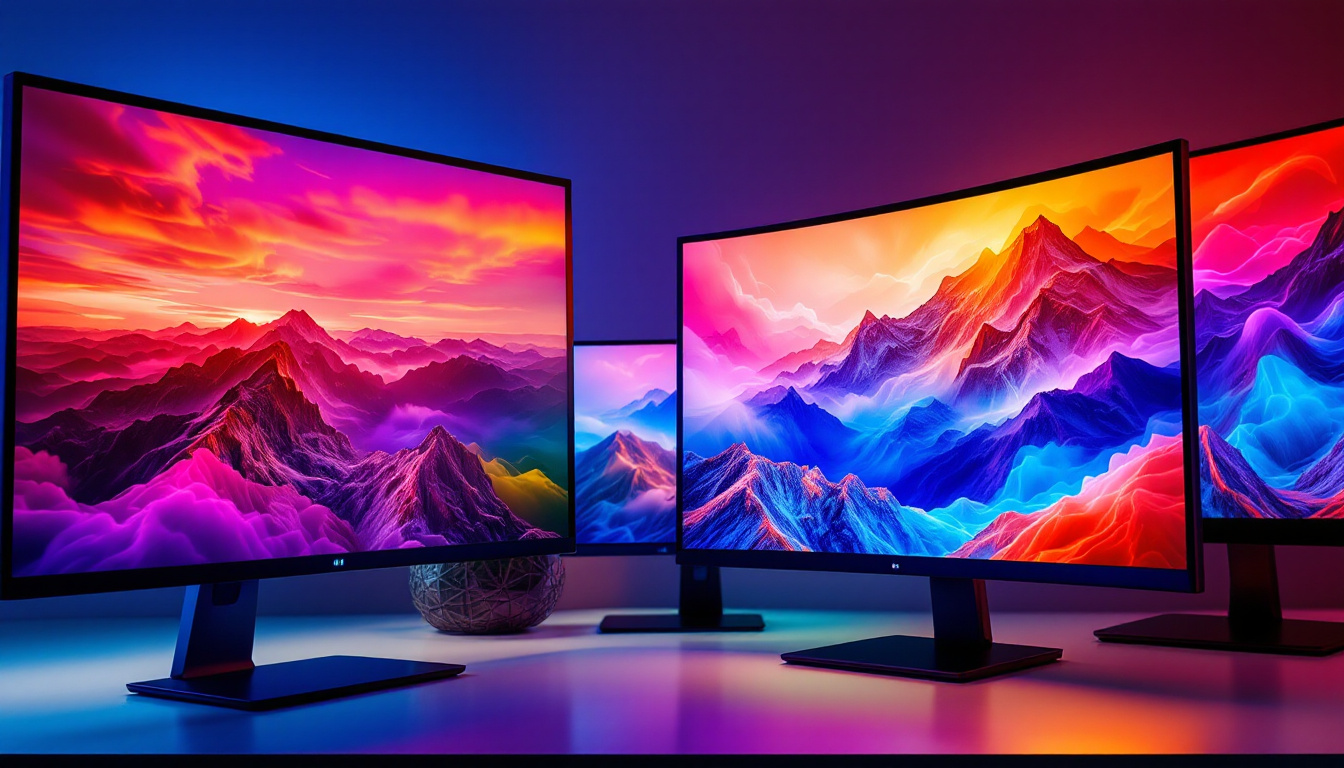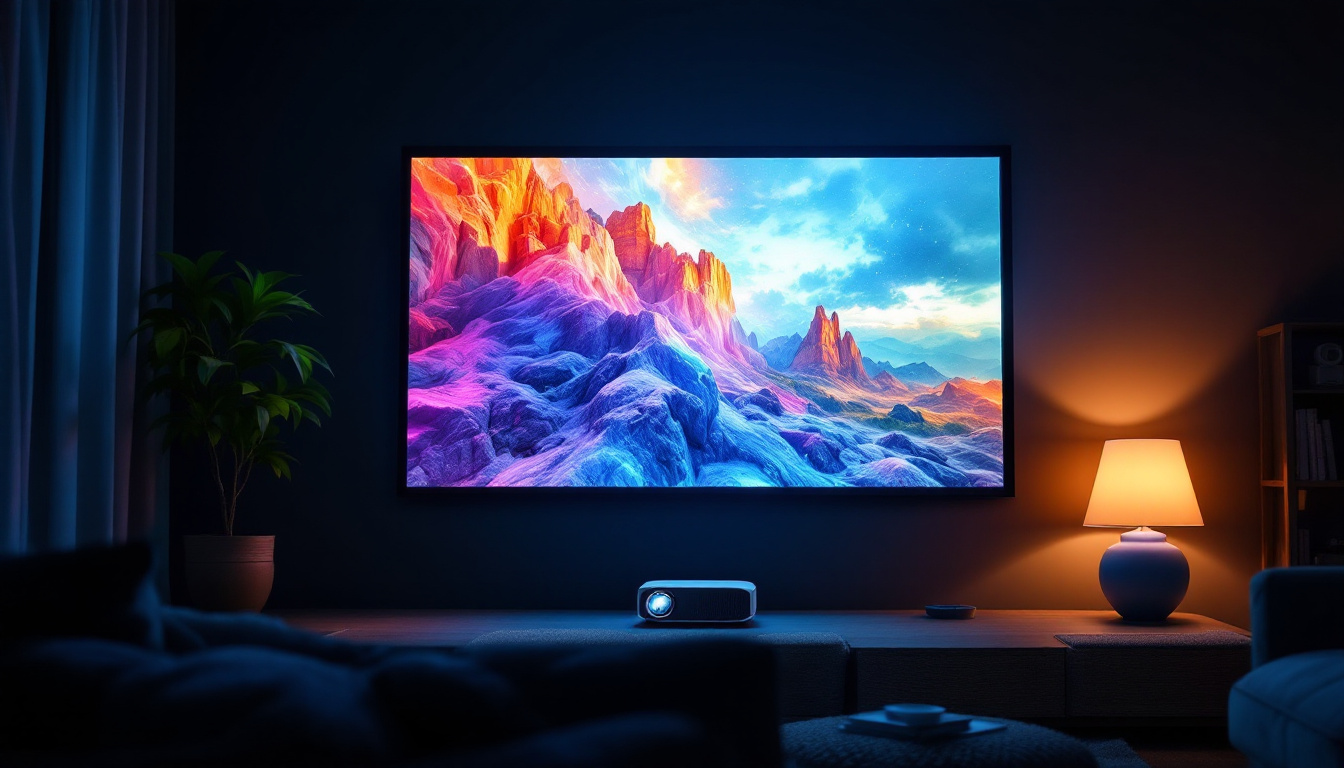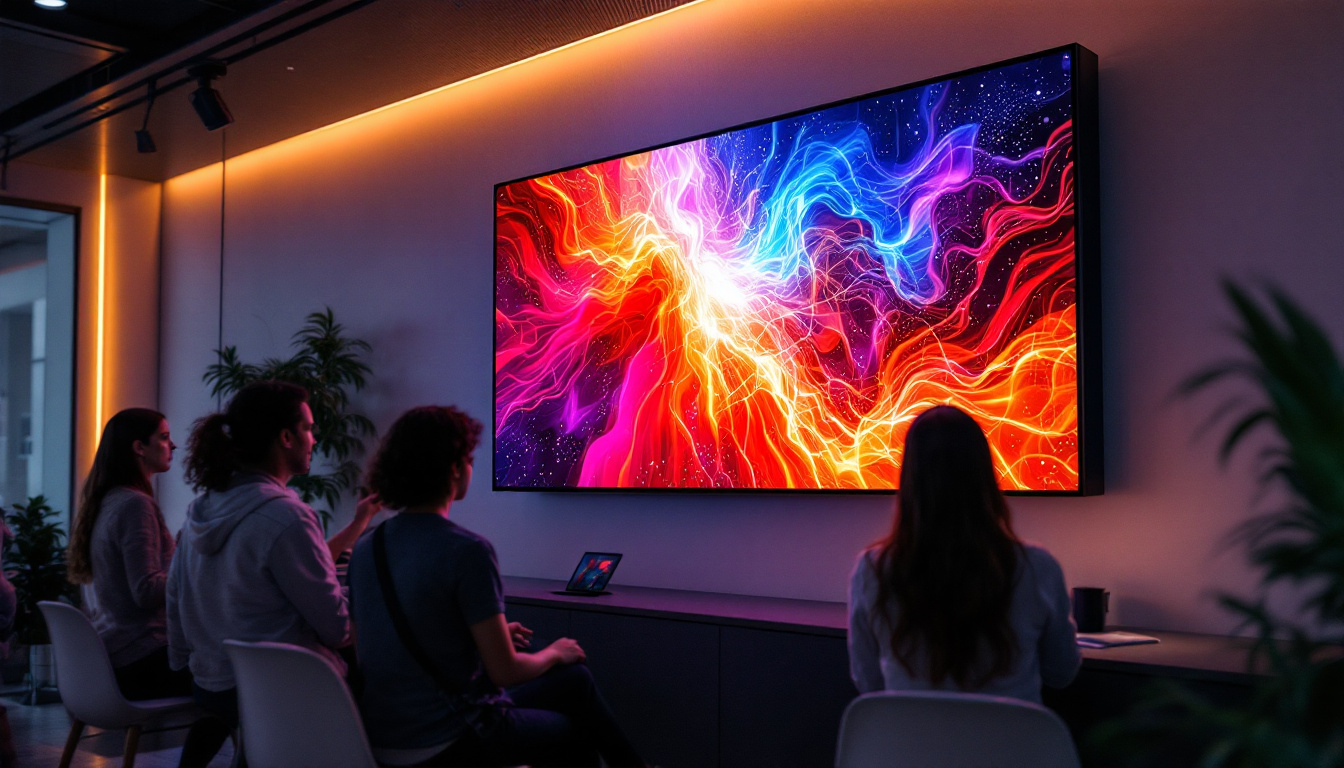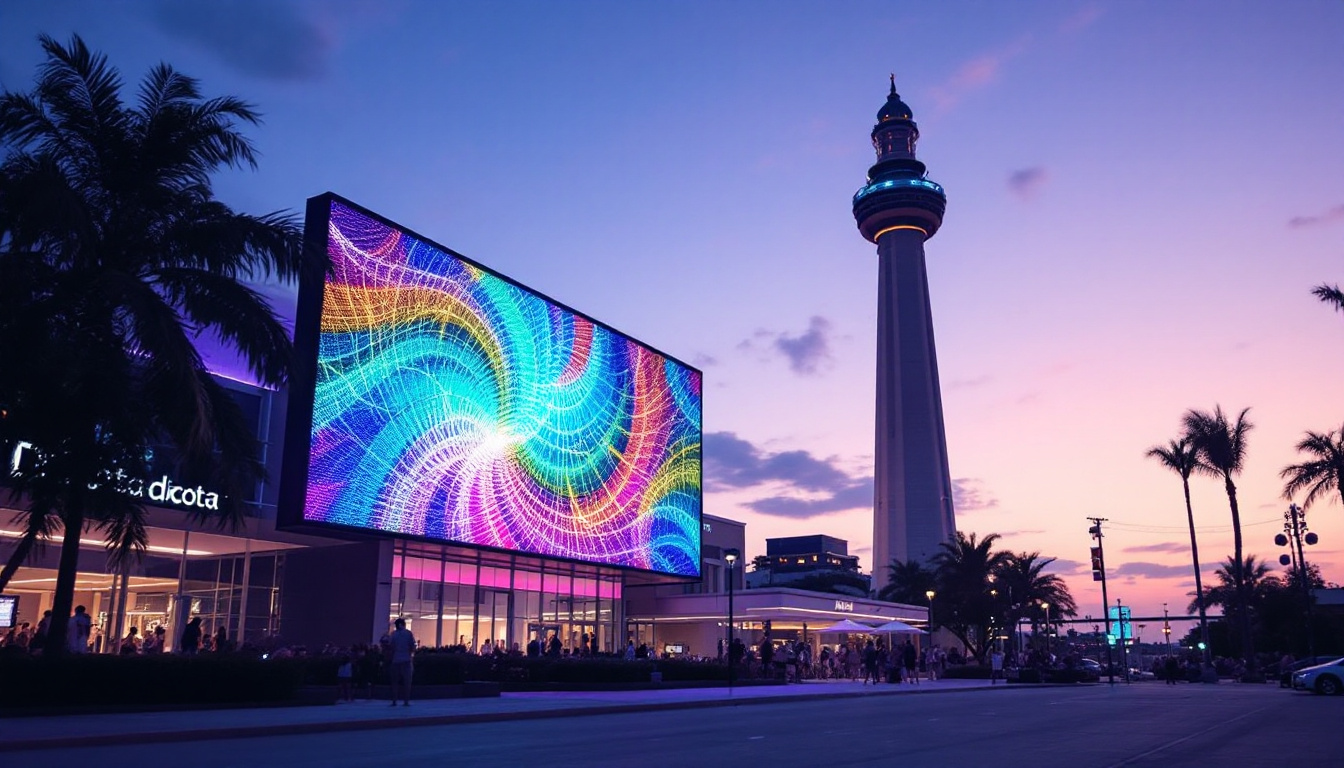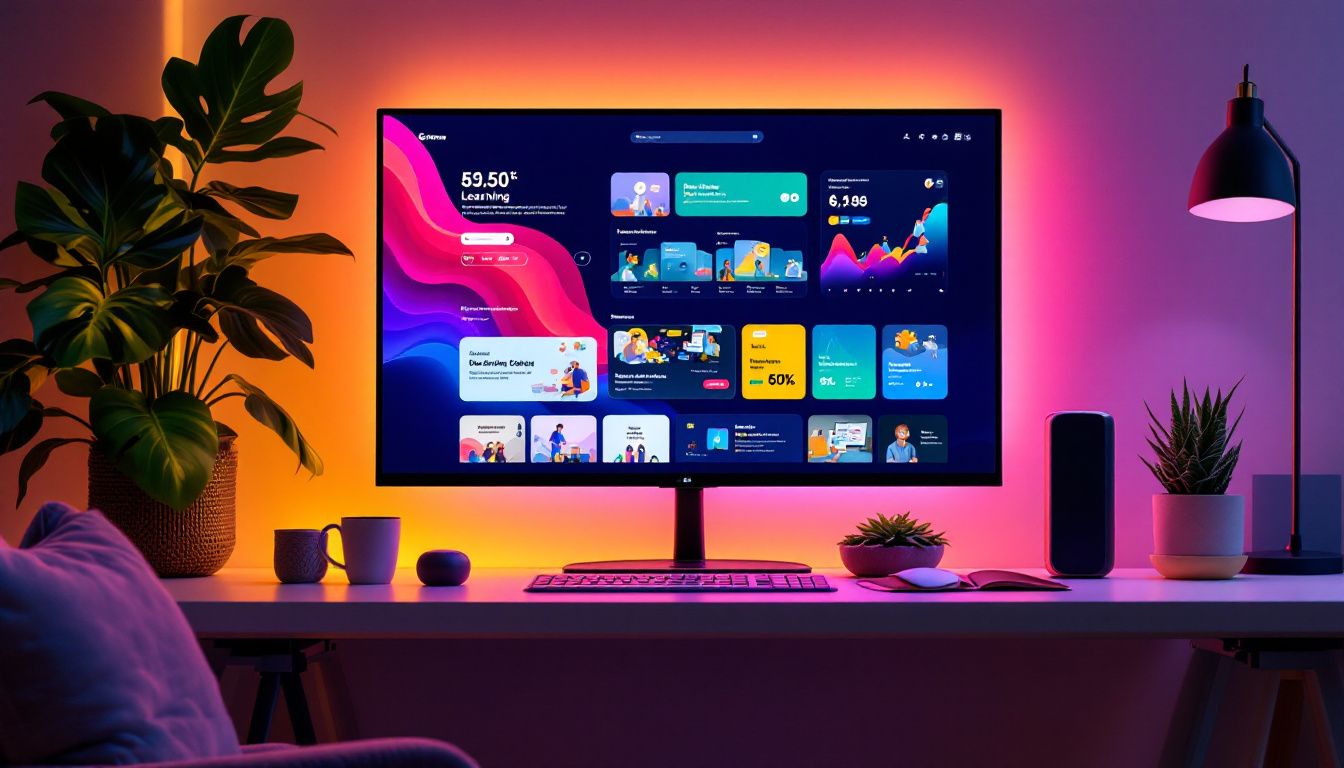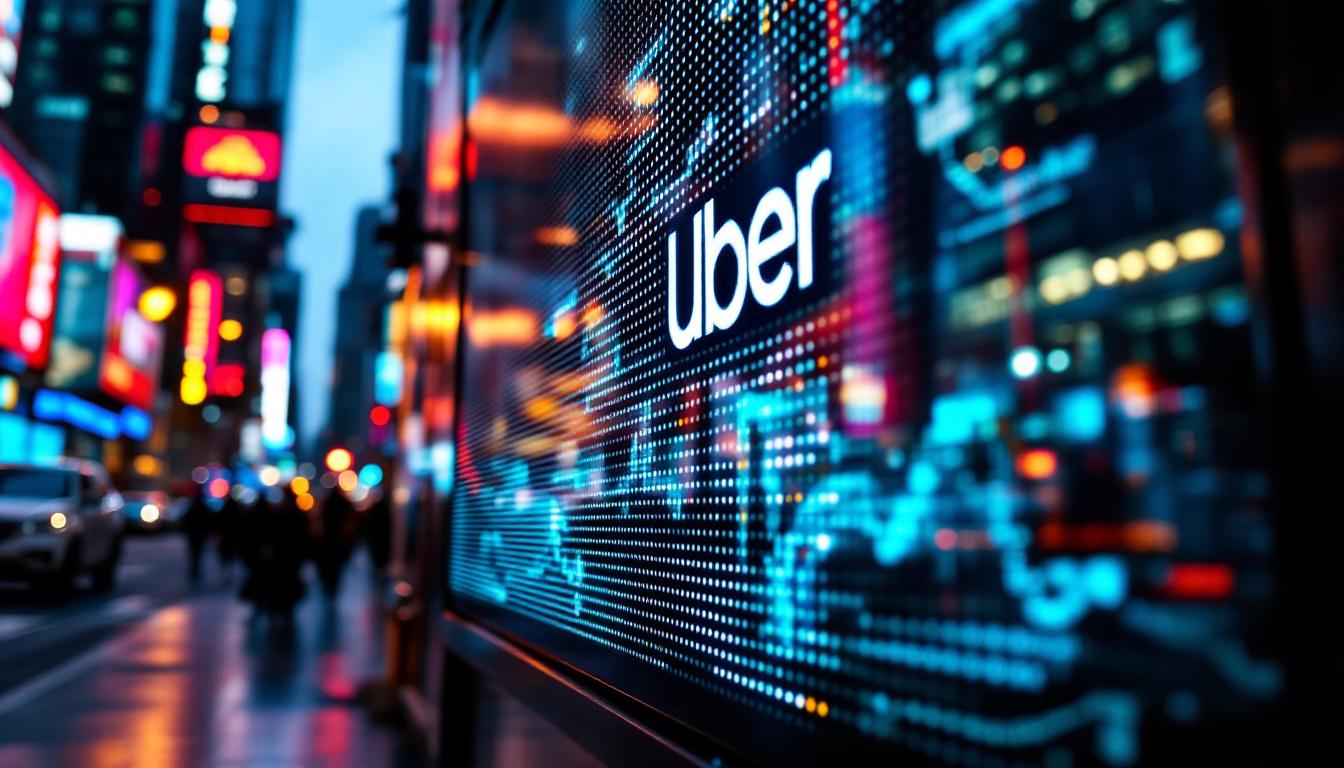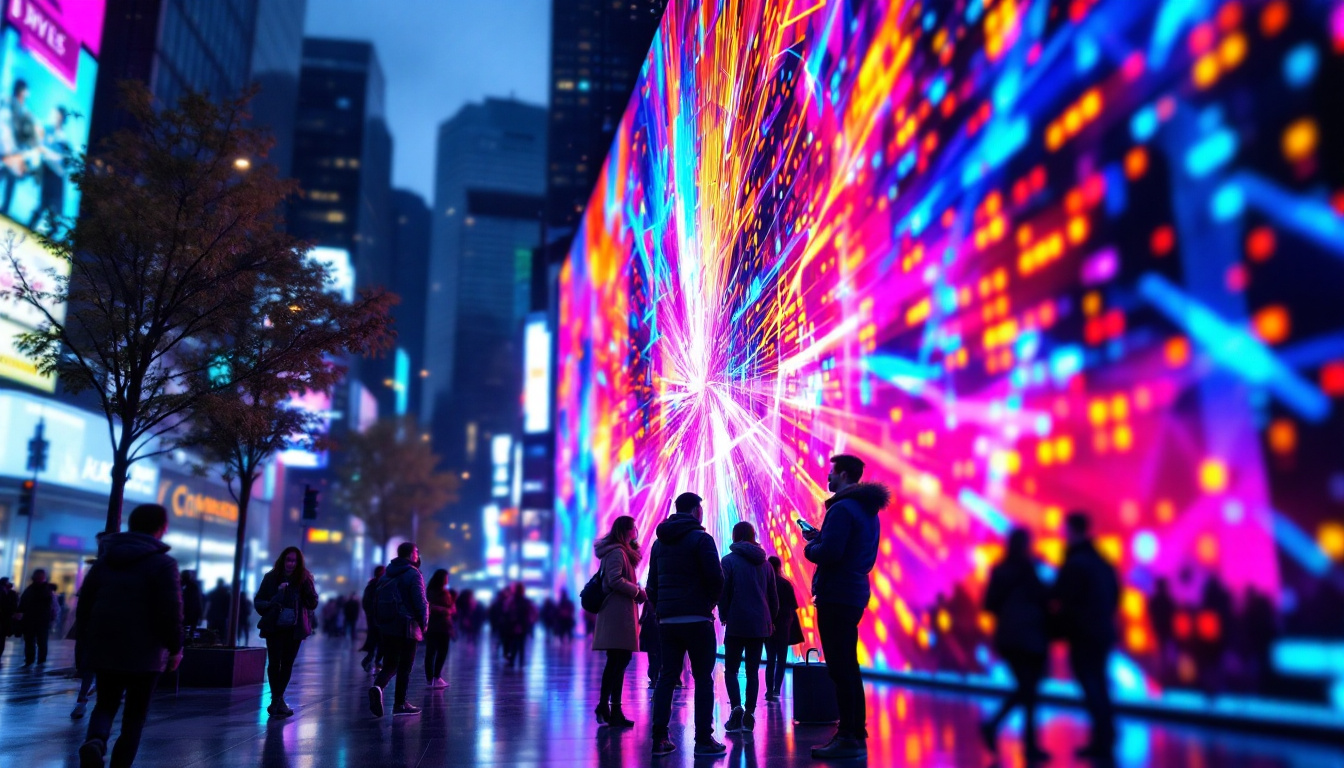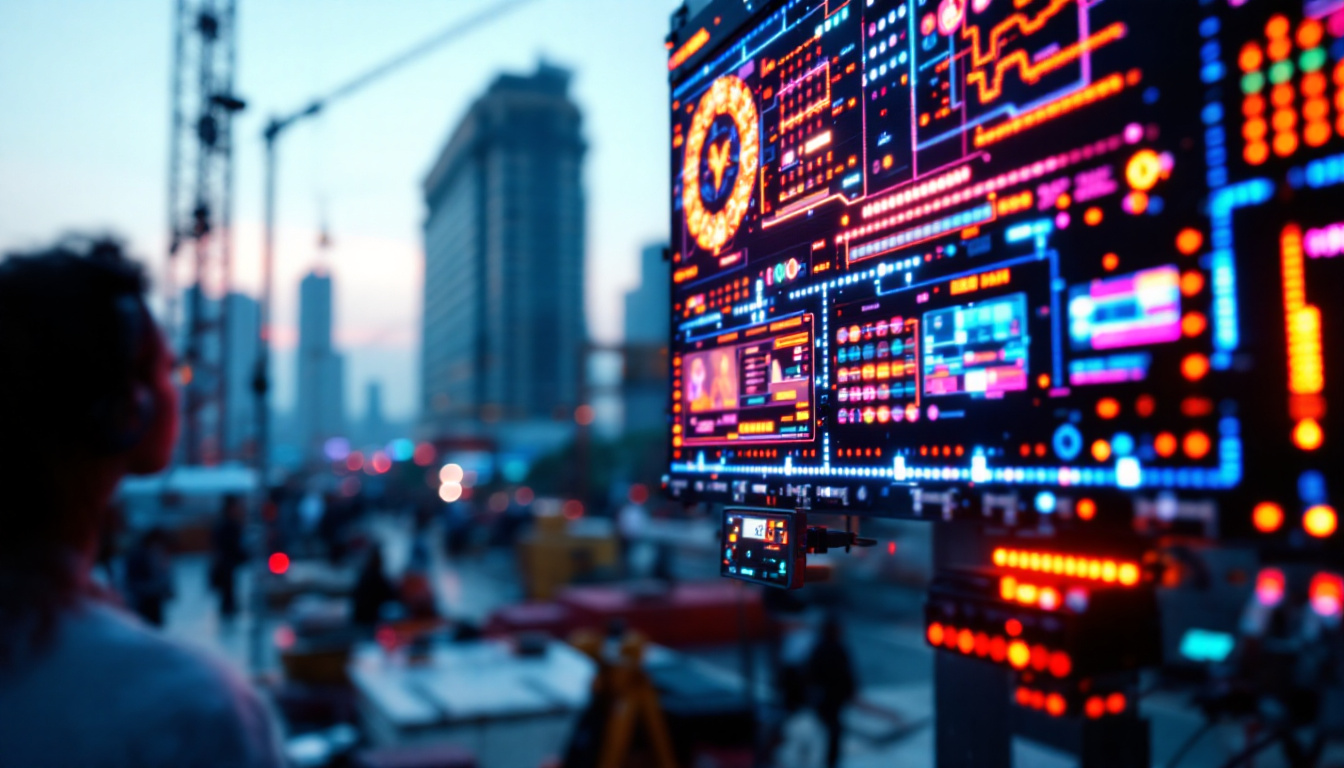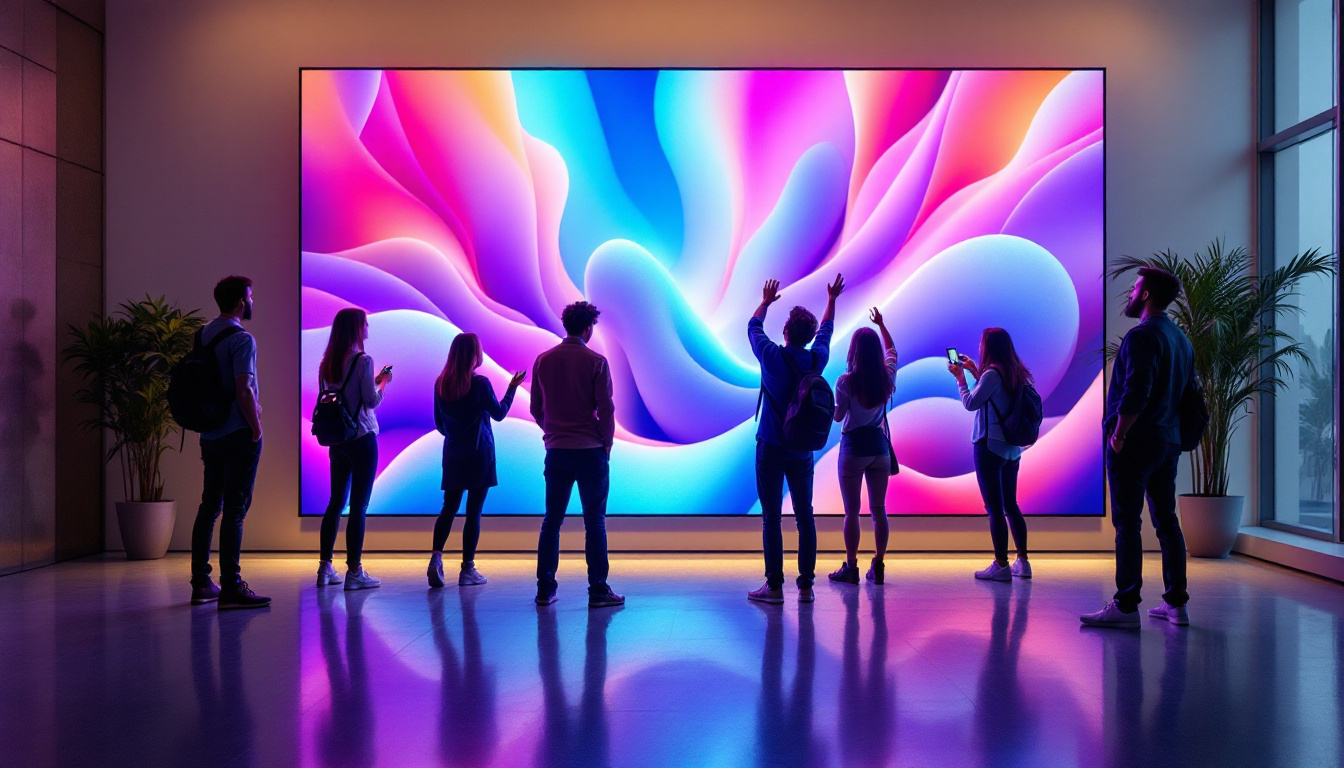In the rapidly evolving landscape of film and television production, virtual production has emerged as a groundbreaking technique that integrates real-time technology with traditional filmmaking. Central to this innovation is the use of LED walls, which serve as dynamic backgrounds and environments for various scenes. This article delves into the intricacies of LED displays used in virtual production, exploring their pricing, functionality, and the factors that influence their cost.
Understanding Virtual Production
Virtual production combines physical and digital elements to create immersive environments for filmmakers. By utilizing advanced technologies such as real-time rendering, motion capture, and LED walls, filmmakers can achieve unprecedented levels of creativity and efficiency. This approach allows for greater flexibility in shooting locations and reduces the need for extensive post-production work.
The Role of LED Walls
LED walls play a pivotal role in virtual production. These large-scale displays can project high-resolution images and videos, creating realistic backgrounds that respond to the camera’s movements in real-time. This technology enables filmmakers to capture scenes in a controlled environment while maintaining the illusion of being in diverse locations.
Moreover, LED walls enhance the visual quality of productions. The vibrant colors and high contrast ratios contribute to a more immersive experience for both the cast and the audience. As a result, filmmakers can achieve stunning visuals that were previously unattainable with traditional green screens. This innovation not only elevates the aesthetic appeal of a film but also allows for more dynamic storytelling, as the environment can shift and evolve alongside the narrative.
Benefits of Using LED Displays in Filmmaking
Utilizing LED displays in virtual production offers numerous advantages. Firstly, it significantly reduces the time and cost associated with location shooting. Filmmakers can create any environment they desire without the logistical challenges of traveling to various locations.
Secondly, LED walls provide real-time feedback. Directors and cinematographers can see how the final shot will look during filming, allowing for immediate adjustments if necessary. This instant feedback loop enhances collaboration on set and streamlines the creative process. Additionally, the ability to adjust lighting and environmental effects on the fly means that filmmakers can experiment with different moods and atmospheres without the need for extensive reshoots, ultimately leading to a more polished final product.
Furthermore, the integration of LED technology fosters a more sustainable filmmaking approach. By minimizing the need for physical sets and extensive travel, productions can significantly reduce their carbon footprint. This eco-friendly aspect is becoming increasingly important in an industry that is often scrutinized for its environmental impact. As filmmakers embrace virtual production, they not only push the boundaries of creativity but also contribute to a more responsible and sustainable future for the film industry.
Factors Influencing LED Wall Pricing
The price of LED walls can vary widely based on several factors. Understanding these elements is crucial for filmmakers and production companies looking to invest in this technology.
Size and Resolution
The size of the LED wall is one of the most significant factors affecting its price. Larger displays require more materials and advanced technology, leading to higher costs. Additionally, the resolution of the LED wall plays a critical role in determining its price. Higher resolution displays provide sharper images and better color accuracy, but they also come at a premium.
For instance, a standard LED wall may cost significantly less than a high-resolution version designed for large-scale productions. Filmmakers must assess their specific needs and budget constraints when selecting the appropriate size and resolution for their project. It’s also worth noting that the viewing distance impacts the required resolution; for example, a wall intended for a close-up audience will necessitate a higher pixel density to maintain image clarity, further complicating the decision-making process.
Technology and Features
Different LED walls come equipped with various technologies and features that can influence pricing. For example, some displays offer advanced features such as HDR (High Dynamic Range) support, which enhances color and contrast. Others may include built-in calibration tools for maintaining color accuracy over time.
Moreover, the type of LED technology used can also affect the price. OLED (Organic Light Emitting Diodes) displays, for example, tend to be more expensive than traditional LED displays but offer superior image quality and flexibility in terms of design. Additionally, features like seamless connectivity and modular design can make certain LED walls more appealing, allowing for easier transportation and setup, which can be a game-changer for on-location shoots or events.
Installation and Maintenance Costs
While the initial purchase price of an LED wall is a significant consideration, installation and maintenance costs should not be overlooked. Proper installation often requires specialized technicians, which can add to the overall expense. Additionally, ongoing maintenance is necessary to ensure optimal performance and longevity of the display.
Filmmakers should factor in these costs when budgeting for their virtual production needs. Understanding the total cost of ownership will help in making informed decisions about investing in LED technology. Furthermore, the location of the installation can also impact costs; for instance, mounting an LED wall in a studio environment may be less expensive than setting it up outdoors, where weatherproofing and additional support structures may be required. As such, a comprehensive evaluation of both immediate and long-term expenses is essential for any production company considering this investment.
Comparing LED Wall Prices
When evaluating LED wall prices, it is essential to compare different options available in the market. Various manufacturers offer a range of products, each with unique specifications and pricing structures. Conducting thorough research can help filmmakers find the best solution for their specific requirements.
Budget-Friendly Options
For smaller productions or independent filmmakers, budget-friendly LED wall options are available. These displays may not offer the same level of resolution or advanced features as higher-end models, but they can still provide significant benefits for virtual production.
Many manufacturers have recognized the demand for affordable solutions and have developed products that cater to this market segment. These options can be ideal for projects with limited budgets while still delivering quality visuals.
High-End Solutions
On the other end of the spectrum, high-end LED walls are designed for large-scale productions and studios. These displays often come with advanced features, superior resolution, and robust build quality. While the price tag is significantly higher, the investment can pay off in terms of production value and audience engagement.
High-end solutions are typically favored by major studios and production companies that require top-tier technology to meet their creative demands. The return on investment can be substantial when considering the potential for enhanced storytelling and visual impact.
Case Studies: Successful Implementations of LED Walls
Examining successful implementations of LED walls in virtual production can provide valuable insights into their capabilities and effectiveness. Several notable projects have harnessed this technology to create stunning visuals and immersive experiences.
Blockbuster Films
Major blockbuster films have increasingly adopted LED walls for their productions. For instance, the use of LED technology in films like “The Mandalorian” has set a new standard for virtual production. The series utilized massive LED walls to create realistic environments, allowing for seamless integration of live-action and CGI elements.
The success of such projects demonstrates the potential of LED walls to enhance storytelling and production quality. Filmmakers can transport audiences to fantastical worlds while maintaining a high level of visual fidelity.
Television Productions
Television shows have also embraced LED walls as a viable production tool. Many series have incorporated this technology to create dynamic backdrops that change with the narrative. This approach not only enhances the visual appeal but also allows for greater flexibility in shooting schedules.
By leveraging LED walls, television productions can achieve cinematic quality without the logistical challenges of location shooting. This has become particularly important in the era of streaming, where high production values are essential for attracting and retaining viewers.
The Future of LED Walls in Virtual Production
The future of LED walls in virtual production looks promising, with ongoing advancements in technology and decreasing costs. As the demand for high-quality visual content continues to rise, filmmakers are likely to explore innovative ways to utilize LED displays.
Technological Advancements
As technology evolves, LED walls are expected to become even more sophisticated. Developments in resolution, color accuracy, and real-time rendering capabilities will further enhance the quality of virtual production. These advancements will allow filmmakers to push the boundaries of creativity and storytelling.
Moreover, the integration of artificial intelligence and machine learning into LED technology could revolutionize the way filmmakers interact with their displays. Real-time adjustments based on environmental factors and audience feedback may become standard practice, leading to more engaging and immersive experiences.
Broader Accessibility
As production companies and filmmakers become more aware of the benefits of LED walls, the technology is likely to become more accessible. With increasing competition among manufacturers, prices may continue to decrease, making it feasible for smaller productions to invest in this technology.
This broader accessibility could democratize high-quality filmmaking, allowing independent filmmakers to create visually stunning content without the need for extensive budgets or resources.
Conclusion
In conclusion, LED walls have transformed the landscape of virtual production, offering filmmakers unprecedented opportunities for creativity and efficiency. Understanding the factors that influence LED wall pricing is essential for making informed decisions about investments in this technology.
As the industry continues to evolve, the future of LED displays in filmmaking looks bright. With ongoing technological advancements and increasing accessibility, filmmakers can expect to harness the full potential of virtual production, creating captivating stories that resonate with audiences worldwide.
Whether for blockbuster films or independent projects, LED walls are poised to become an integral part of the filmmaking process, shaping the way stories are told on screen for years to come.
Discover LumenMatrix’s Advanced LED Display Solutions
Ready to elevate your virtual production with cutting-edge LED technology? LumenMatrix is at the forefront of LED display innovation, offering a diverse range of solutions tailored to your creative needs. From Indoor and Outdoor LED Wall Displays to specialized options like Vehicle, Sports, and Floor LED Displays, our products are designed to transform your visual storytelling. Experience the future of filmmaking with our Custom, All-in-One, and Transparent LED Displays. Check out LumenMatrix LED Display Solutions today and bring your vision to life with unparalleled clarity and impact.

